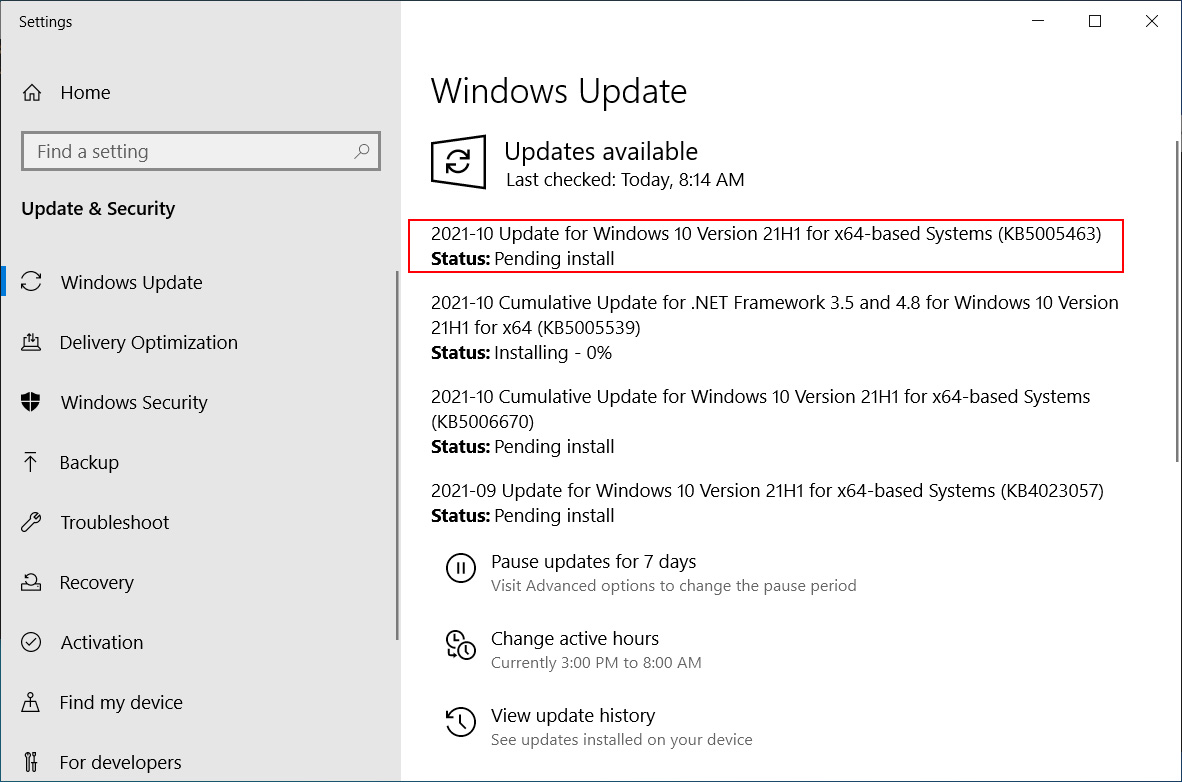
Run SFC, ckhdsk and DISM tool to fix startup repair loop If you suspect anything else like a recent driver or a software installation, try to remove them in safe mode and see if the problem persists.

From here, you can remove any recent Windows update that you think may have caused the Windows 10 startup repair loop problem. In safe mode, open Control Panel > Programs and Features > View installed updates. Select 4 to boot Windows 10 into safe mode. Then, follow the same steps mentioned above to navigate to the Startup settings. If you see only the Choose an operating system screen, click on the Change defaults or choose other options link at the bottom of the screen. From there you can select Windows 10 to boot into safe mode. Click on the Advanced option button, then navigate to Troubleshoot > Advanced options > Startup settings.

At the end of the startup repair when it fails, it should have a Restart button and an Advanced option button. To enter safe mode in Windows 10 with your current situation, there may be several ways.

If there is no option to go back to previous version, you will have manually uninstall the updates from safe mode. If you suspect Windows Update to be the cause, try to roll back Windows 10 update to an earlier build. Windows 10 startup repair loop after Windows Update or other installation


 0 kommentar(er)
0 kommentar(er)
